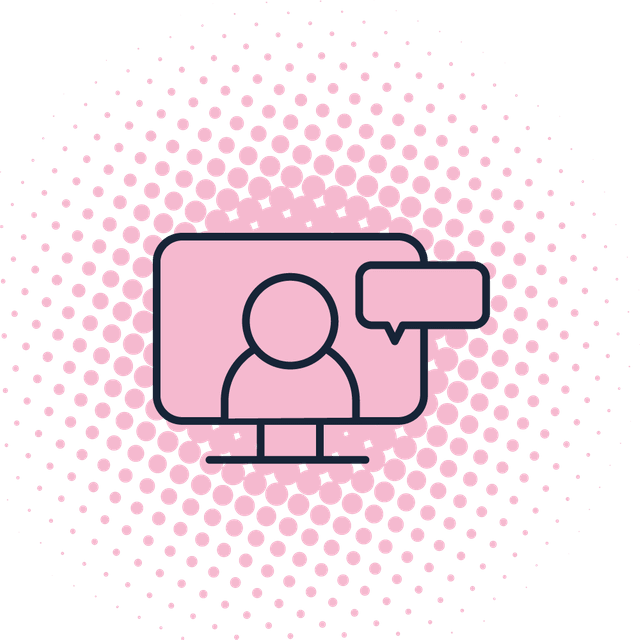More and more, new technology to make healthcare faster, smarter, and more efficient is designed to integrate with the electronic health record, or your EHR. And EHR-integrated software is a good thing, because providers already feel like they are spending too much time catering to their computers. In fact, seven out of ten primary care doctors believe EHRs are contributing to physician burnout and taking away the time they can spend with patients. As Atul Gawande said in The New Yorker, “Something’s gone terribly wrong…somehow we’ve reached a point where people in the medical profession actively, viscerally, volubly hate their computers.”
We don’t want you to hate your computer — we think they hold a lot of potential when it comes to improving patient care and helping you maximize your clinic or system’s business results. But any new technology you adopt should fit seamlessly into your clinic or system’s current IT infrastructure. It should reduce the amount of typing, clicking, navigating you have to do. It should make your life easier, not the other way around. But for that to become your reality, not just any EHR-integrated software will do.
Here’s what to look for in advanced EHR-integrated software.
Any solid integration should always be two-way. That means information can flow back and forth between your EHR and your patient engagement platform or other EHR-integrated software. Information that only pulls data from your EHR is not sufficient.
When it comes to patient communications, any system you use should allow for the patient to interact with your messages. Maybe they need to reschedule their appointment, or maybe they need to update their contact information. Can you imagine having to take that information, open up the EHR, and manually input it into the EHR? Neither can we. Your advanced EHR integration should mean that information automatically flows back into your source of truth.

Watch our on-demand webinar to learn more about how to leverage reimbursable HIPAA-compliant virtual visits to deliver care and minimize appointment backlogs and cancellations.
EHR-integrated technology that claims two-way, bidirectional syncing should also get specific about how frequently this syncing happens. Anything less than real-time or close to real-time won’t cut it.
Let’s say a patient goes to schedule an appointment online, for example. Maybe they see an availability at nine the next day. They select the appointment and get a confirmation. Unfortunately, someone on your team has just booked that nine o’clock appointment over the phone. Now, you have to decide who gets to keep the appointment, begin a game of phone tag, and expect an unhappy patient. Furthermore, if a cancellation doesn’t flow real-time into your EHR, that team member on the phone doesn’t have a full picture of your clinic’s availability.
Real-time syncing prevents those types of headaches. It means your online availability is up-to-date, your automated waitlist can work to fill appointments without overbooking, and your patient information is always accurate. For busy clinics and systems, real-time syncing is a must-have to ensure your technology can keep up with you.
If the EHR is already causing headaches, then adding additional computer-based tasks to your clinic workflows may not be the best approach. Instead, look for technology that can free up staff time by automating certain workflows.
Manual uploading, manual syncing, manual updating are things of the past. Automating tasks from patient appointment reminders to feedback collection and everything in between can free up staff time and reduce their screen time (if you’re dubious, check out our recent blog where we debunk some common automation myths). Fewer clicks leads to happier staff, and happier staff provide a better experience for every patient that walks through your doors.
Manual uploading, manual syncing, and manual updating are a thing of the past. Automating tasks lead to happier staff and patients.
EHR-integrated software should not require constant monitoring, complicated set-up, and hours of staff training. Your new technology should be seamless and easy-to-use.
The first requirement for this is low-stress set-up. Your EHR-integrated software partner should take care of the bulk of this for you, requiring little time and effort on your part. Integration should take a day, not a month. The second critical requirement is an intuitive interface. After logging in, navigating the different functionalities, from chatting with patients to pulling availability reports, should come naturally. Finally, your technology partner should have plenty of help articles, videos, screenshots, and more to help get the team up-to-speed and answer any of those pressing questions.
Every so often there comes a point when our computers, tablets, and phones leaving us scratching our heads and saying “huh?”. And that leads us to our final requirement for EHR-integrated technology – the ability to pick up a phone and ask for help when you need it.
Your clinic or system’s technology solutions should always come with white-glove customer service. That means no matter the question, no matter the request, you can quickly get in touch with an expert to help you figure it out. We all need a hand sometimes – make sure you have a dedicated team at your beck and call for when you do.
EHR-integrated technology holds a ton of promise. Being able to better communicate with your patients, engage them in their care, streamline workflows, and boost your outcomes and your bottom line along the way requires us to adopt innovative technology. Keep in mind what to look for when evaluating EHR-integrated technology. It can make the difference between a headache-inducer and a life-saver.
Luma Health connects to over 70 different EHR and PM systems to automate patient communication and unlock valuable insights to improve care. Click through to learn how you can maximize your EHR investment!






